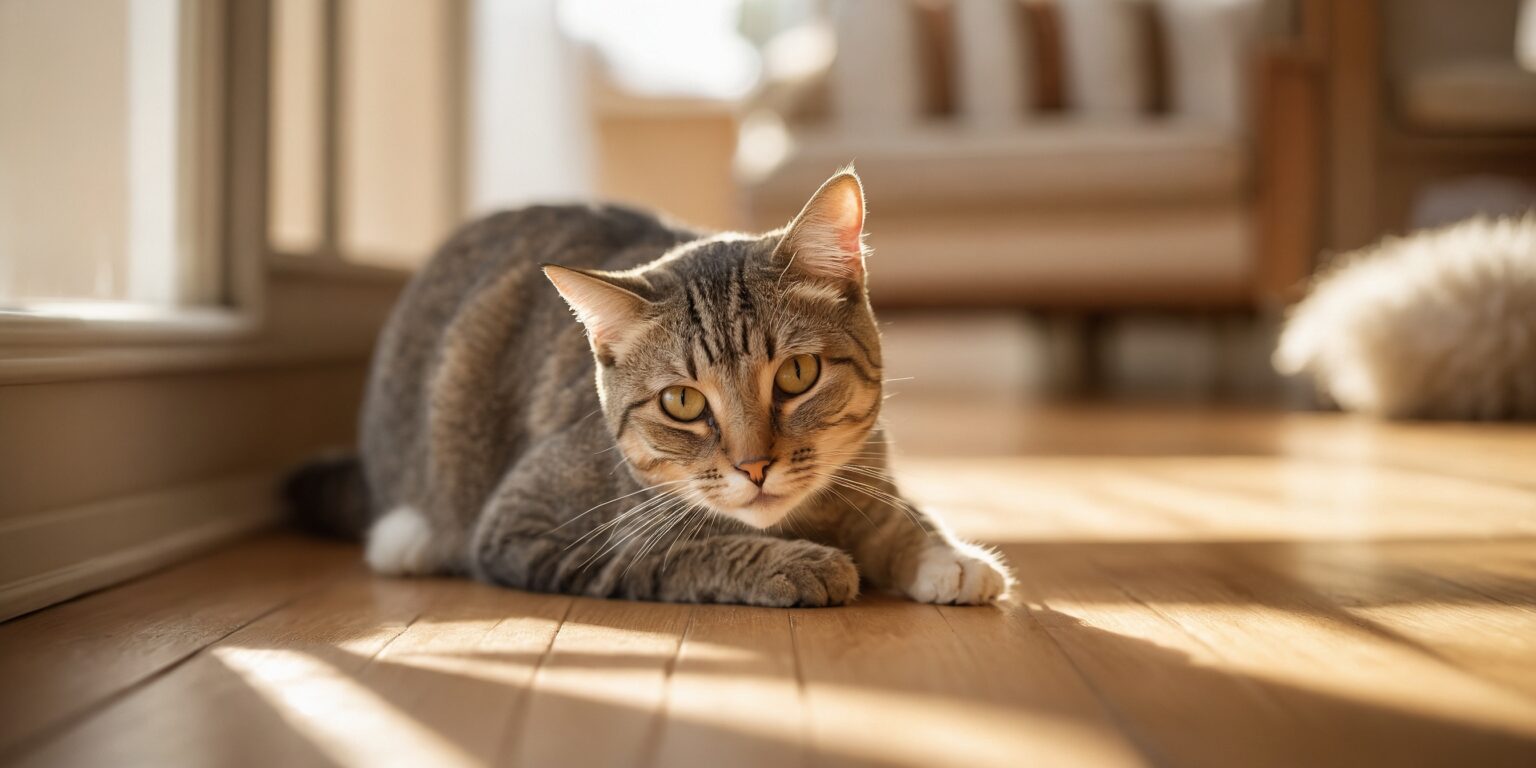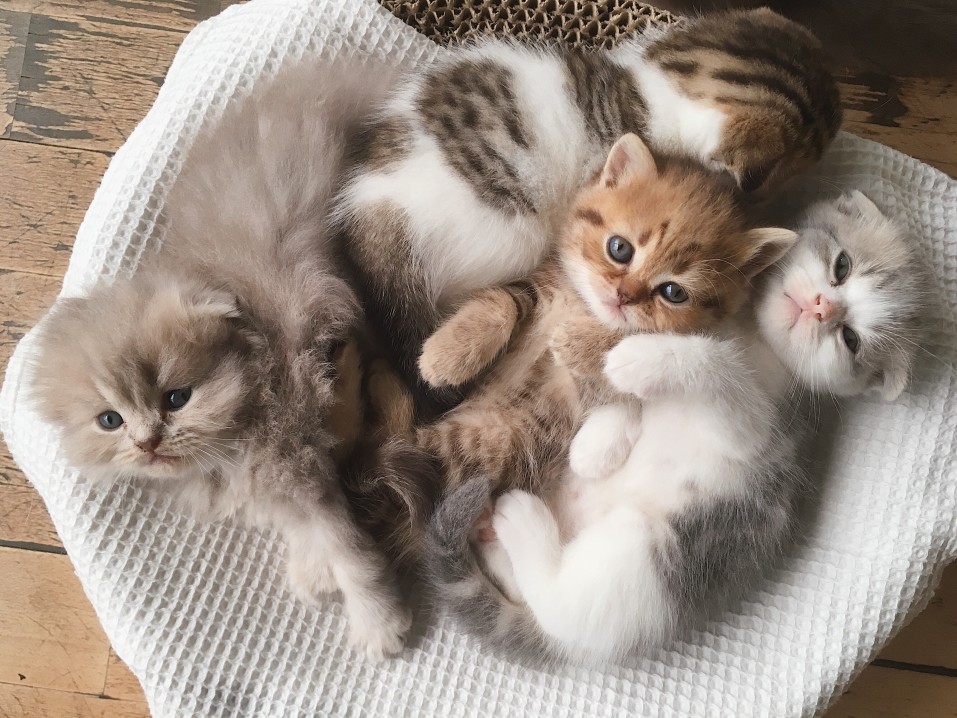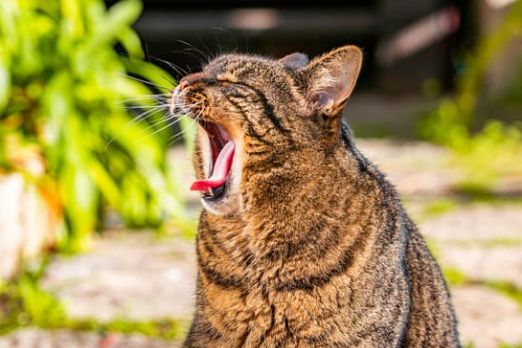Why does my cat vomit? Clear causes and gentle fixes
Your lovely furball left a little surprise on the carpet again? Deep breath. Occasional vomiting is common in cats, but understanding the cause helps you soothe your kitty fast and prevent the next episode.
Here’s how to tell what’s behind the mess, what to do right away, and the habits that genuinely make a difference day to day.
Hairballs: natural, but not fun
Cats groom like pros, and some of that fur ends up in the stomach. Most of the time it moves along; sometimes it bunches up and comes back as a cigar-shaped hairball.
- Typical signs: hacking or retching, brief loss of appetite, a tube-like clump of hair.
- What helps: regular brushing, a bit more fiber, and hairball-control diets or pastes.
- When to worry: repeated retching with no hairball, belly pain, or lethargy. That can signal a blockage and needs a vet.
Practical tip: turn brushing into a spa moment—two short sessions a week with a soft mitt can cut shedding and drama by a lot.
Feeding pitfalls that trigger vomiting
Greedy bites, sudden menu changes, or “just a little cheese” can upset delicate feline tummies. The fix is often simple and kind.
- Speed-eating: use a muffin tin or spread wet food thinly on a lick mat to slow nibbling.
- Diet changes: transition over 7–10 days, mixing a little more of the new food each day.
- Human foods: skip fatty, spicy, or toxic items (chocolate, onions, garlic, grapes, alcohol).
If you’re unsure about portions or ingredients, here’s a friendly refresher on what cats should really eat.
Health causes: when it’s more than a hairball
Sometimes vomiting is a clue rather than the problem. Look at the bigger picture: energy, appetite, stool quality, and weight.
- Gastritis or food intolerance: frequent vomiting, drooling, discomfort after meals.
- Parasites: diarrhea, pot-belly look, weight loss. Deworming schedules matter.
- Chronic issues: kidney disease, hyperthyroidism, pancreatitis—these need veterinary care and tests.
Keeping worms at bay reduces tummy turmoil. See how to protect your cat from worms year-round.
Daily prevention that genuinely works
Smart grooming for fewer hairballs
Brush often, especially during shedding seasons. Long-haired queens may need daily care; short-haired sweethearts do well with a couple of sessions weekly.
Consider a hairball-control food or adding fiber via vet-approved options. Fresh water within paw’s reach helps everything move smoothly.
Calm, careful feeding habits
Offer measured meals, not free-for-all buffets, if your cat tends to gobble. Warm the food slightly with a spoon of warm water to boost aroma—great for picky tummies.
Surprising fact: cats can’t taste sweet. So sugary “treats” and dairy don’t add joy—just a risk of tummy upsets.
Make the home safer
Many houseplants can irritate the stomach or worse. Do a quick sweep and replace risky greens with cat-safe alternatives.
Need a checklist? Browse common toxic plants for cats to keep your decor pretty and safe.
What to do right after your cat vomits
Gentle first steps
- Observe: note frequency, color, and whether food or hair is present.
- Hydrate: offer fresh water; consider a few teaspoons every 30–60 minutes if your cat tends to gulp.
- Food break: a brief 8–12 hour pause can help in healthy adult cats. Then reintroduce bland food in small amounts.
Curious about safe timing? Read more on how long a cat can fast without risks.
Safe, natural soothers
- Probiotics for cats: support the gut after stress or diet changes.
- Hairball pastes: lubricate and help fur move along.
- Cat grass: some cats use it to manage hair; introduce slowly to see how your kitty reacts.
Important: avoid giving human meds or random kitchen oils. Some ingredients are toxic, and others can worsen diarrhea or vomiting.
Red flags: call your vet now
- Frequent or forceful vomiting, especially with blood or bile.
- Pain, fever, collapsed posture, or refusal to drink.
- Vomiting in kittens, seniors, or diabetic cats.
Vets may recommend bloodwork or imaging and will tailor treatment to the cause. For a reliable overview, see Cornell University.
Common mistakes to avoid
Changing food overnight
Rapid switches shock the gut. Transition slowly over 7–10 days to protect the microbiome and reduce vomiting risks.
Withholding water
Dehydration worsens nausea. Always keep water available, even during a short food break.
DIY remedies without guidance
Human medications, essential oils, and internet “cures” can be dangerous. When in doubt, call your vet or a pet poison hotline.
Little extras that help
- Slow-feeder hack: portion meals in a muffin tin or across an ice-cube tray; it turns gobbling into relaxed grazing.
- Routine wins: same food, same bowl, same time—predictability calms sensitive tummies.
- Stress check: offer quiet napping spots and playtime. Yes, stress can upset cat stomachs too.
Want more gentle, practical care ideas? Our stress-soothing guide for cats is a cozy place to start.
FAQ
Is it normal for cats to vomit hairballs?
Occasionally, yes—especially in heavy groomers. More than once a month, obvious pain, or dry retching without a hairball warrants a vet visit.
Why does my cat vomit right after eating?
Often from speed-eating or eating too much at once. Try smaller, more frequent meals and a slow-feeder setup.
What should I feed after vomiting?
Offer small portions of your cat’s regular food, slightly warmed and diluted with a bit of warm water. Keep it simple and bland.
When is vomiting an emergency?
Continuous vomiting, blood, severe lethargy, or symptoms in kittens, seniors, or diabetic cats. Contact your vet immediately.








